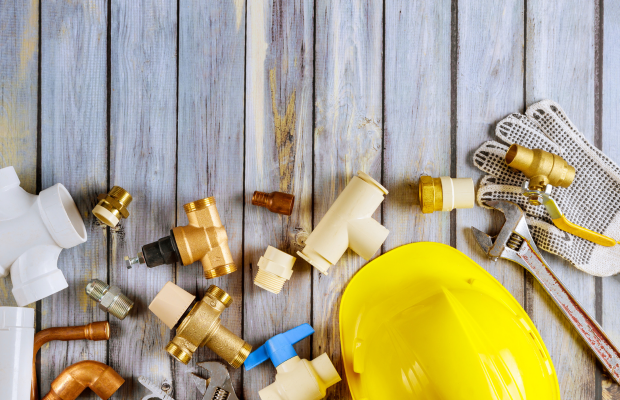In the world of property, ‘fixtures and fittings’ is a term you’ll hear often. As a landlord, it pays to know how and when to replace them.
Whether you’re a seasoned investor or a first-time landlord, here is everything you need to know about fixtures and fittings.
What are fixtures and fittings?
In almost any tenancy agreement, you’ll find clauses referring to the property’s fixtures and fittings. While there’s no legal definition of fittings, they are broadly distinct from fixtures.
Fixtures are items that are permanently attached to the property, such as sinks, toilets and kitchen counters. Fittings can also be attached to the property but are more temporary and easier to remove. This can include things like mirrors, blinds, or curtains.
The difference between the two is not always straightforward, so it’s important to consider this when setting up your tenancy agreement.
Legal requirements
Landlords are responsible for providing a safe and habitable living environment for their tenants. This includes ensuring that fixtures and fittings meet safety standards. Failure to do so can result in legal consequences, including fines and difficulties in evicting problem tenants.
How often should I replace fixtures and fittings?
The property’s landlord or letting agent should carry out regular maintenance inspections to assess the condition of fixtures and fittings. This could be done annually or semi-annually to catch any issues early and address them properly.
The higher the quality of the fixtures and fittings, the longer they tend to last, so it’s worth installing durable assets so that you do not have to be replaced as frequently.
Here are some signs that it might be time for an upgrade:
1. Age and wear – Most fixtures and fittings have a lifespan, and they can deteriorate with age and use. Inspect them regularly and replace items that show signs of wear and tear.
2. Safety concerns – If a fixture or fitting poses a safety risk to your tenants, it should be replaced immediately. This includes items like faulty electrical outlets, leaky taps, or broken locks.
3. Aesthetic considerations – Outdated or damaged fixtures and fittings can make your property look unattractive. Replacing them can enhance the property’s appeal and potentially allow you to charge higher rent.
Related: Redecorating in-between tenancies
What fixtures and fittings are landlords responsible for?
Your tenancy agreement should establish exactly what fixtures and fittings you are responsible for repairing or replacing. It should also clearly state the tenant’s responsibility to take care of things and not cause any damage beyond regular wear and tear.
How to replace fixtures and fittings
When it’s time to replace fixtures and fittings, follow these steps to ensure a smooth process:
-
Identify what needs replacement
Conduct a thorough inspection of your property to identify which fixtures and fittings need replacement. Create a list and prioritise items based on urgency.
-
Budget and plan
Determine your budget for replacements and create a plan. Consider factors such as cost, materials, and the expected lifespan of the new fixtures and fittings.
-
Hire professionals
For complex installations or electrical work, it’s best to hire qualified professionals to ensure safety and compliance with regulations.
-
Choose quality products
Invest in high-quality fixtures and fittings that are durable and energy-efficient. While they may be more expensive upfront, they will likely save you money in the long run through reduced maintenance and repair costs.
-
Notify tenants
Inform your tenants about the upcoming replacements, including the schedule and any temporary disruptions they might experience. Clear communication can help maintain a positive landlord-tenant relationship.
-
Conduct replacements
Carry out the replacements according to your plan. Ensure that all work is done to a high standard and complies with safety regulations.
-
Inspect and maintain
After replacements are complete, inspect the new fixtures and fittings to ensure they are functioning properly. Implement a regular maintenance schedule to prolong their lifespan.
Contact the dedicated lettings team at Parkers for more information







